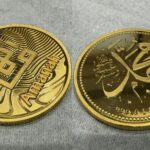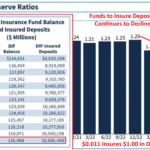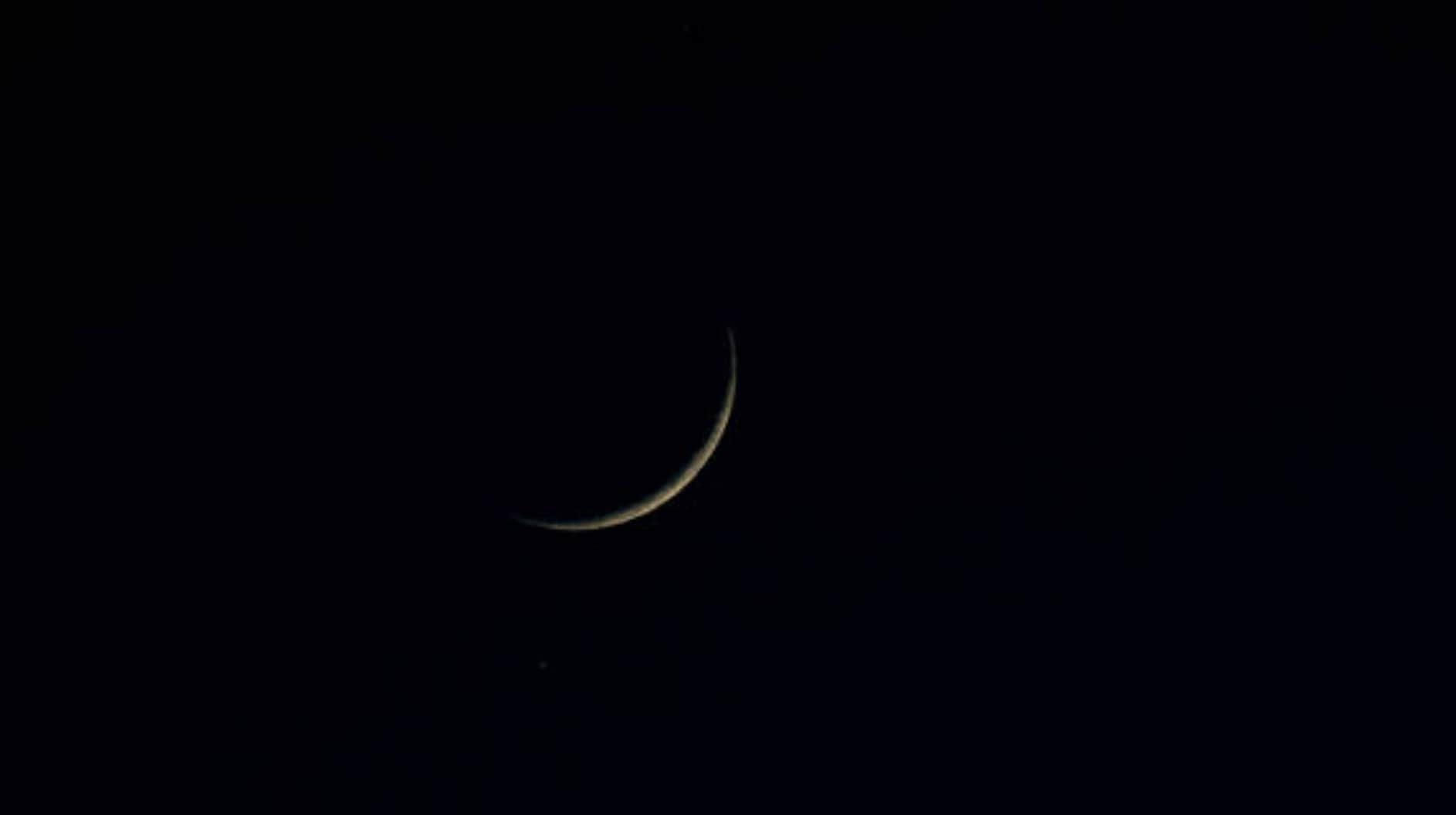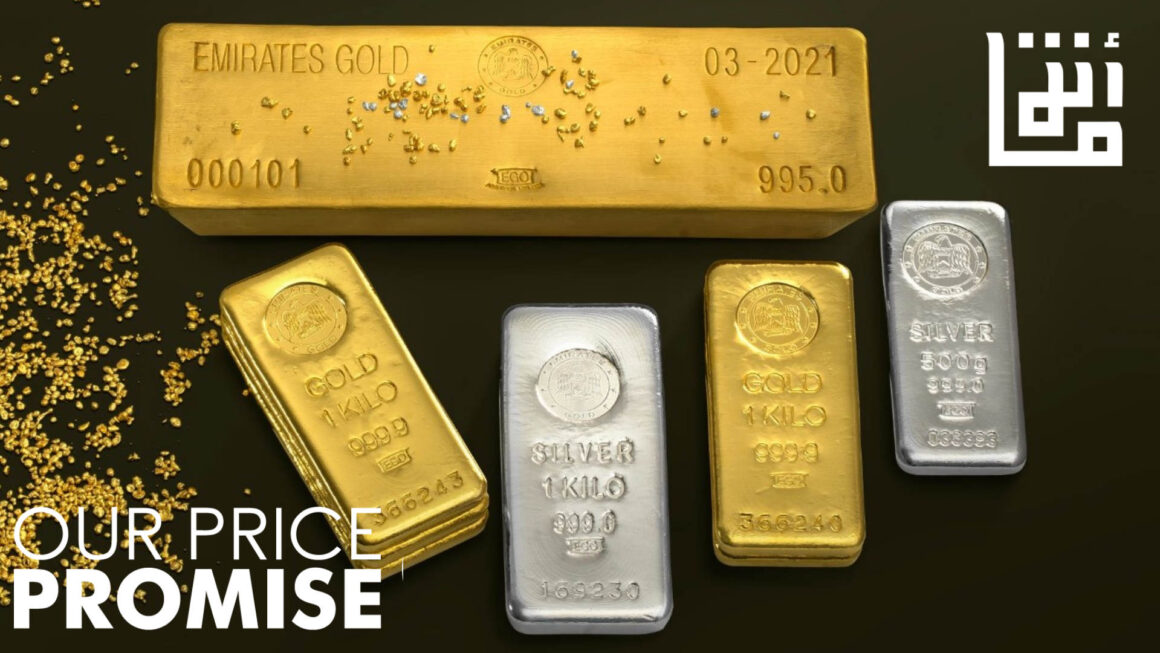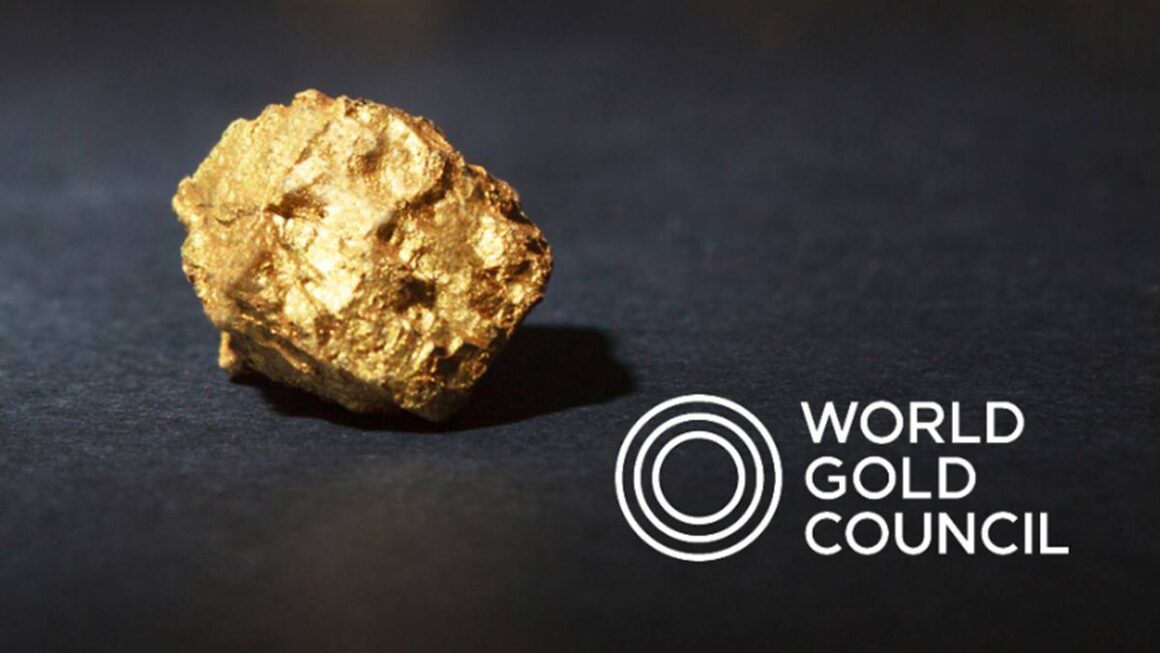Rabat – The Ministry of Islamic Affairs is expected to announce March 12 as the first day of Ramadan in Morocco. It will provide authoritative guidance to Muslims worldwide with the kingdom’s precise moon sighting system fine-tuned over centuries.
Morocco did try to see the crescent moon on Sunday.
Islamic countries rely on various methods to determine the first day of the holy month of Ramadan and the two Eid celebrations. Most significantly, they refer to the saying of the Prophet Muhammad; “Fast when you see it (the crescent moon) and break the fast when you see it.”
Accordingly, some nations like Morocco base their calendar on actually sighting the crescent moon with the naked eye. Others, like Brunei and Oman use telescopes for moon observations. Countries including Turkey and Tunisia depend primarily on astronomical calculations.
A third group, including Malaysia and Indonesia, employ both sighting and calculations in tandem. Meanwhile, the majority of countries follow the official moon sighting declaration from Saudi Arabia.
Through years of practice, Morocco has honed a reliable methodology for observing and validating moon sightings, earning global renown for its precision. The kingdom deploys a network of specialized committees and cross-checks visual sightings against astronomical computations to leave no margin for error.
270 observation points across Morocco
The Moroccan approach relies on two main methods for moon sighting.
Morocco’s moon sighting process actively engages clerics, astronomers, and armed forces units in a coordinated effort. On the 28th day of each lunar month, the Ministry of Endowments and Islamic Affairs puts out a call for monitoring the moon on the 29th day.
The Ministry of Endowments and Islamic Affairs contacts 270 official observation points across the country, asking designated Muslim legal experts, judges, and ministry officials to visually identify the crescent moon.
These trained observers carefully scan the sky and then fill out detailed forms recording the moon’s specifications. The official watchers must note whether they clearly spotted the crescent with the naked eye or not.
Separately, assigned teams from Morocco’s armed forces also conduct sightings and submit their findings. Inputs stream into the Ministry’s central commission, which analyzes them to conclusively confirm or negate that month’s moon sighting. Once all results are cross-checked, the ministry’s central committee makes the final announcement.
With over 2300 people participating across 278 official sighting committees, the data is extensive.
Cross-checking with astronomical calculations
Morocco does not rely solely on visual sightings, even with 278 official monitoring committees across the kingdom. The results are meticulously cross-checked against the latest astronomical calculations of the moon’s size, brightness, and position.
If both empirical sightings and computational models align in either confirming or negating the emergence of the Shawwal crescent, Moroccans can rest assured that their Ramadan date will be accurately fixed.
Centuries of indigenous expertise
Morocco’s prowess in moon sighting draws from centuries of indigenous expertise, rather than modern technology alone.
According to Ali El Amaroui – one of the experts who calculates the lunar calendar – the parameters used can be traced back to 15th-century scholars from Andalusia and the Arab world whose extensive observations allowed them to precisely define the conditions needed for a definite sighting. These methods are still taught at the famous Qarawiyyin University in Fez.
The crescent is only clearly visible to the naked eye if it remains above the western horizon for over 48 minutes after sunset and has an angular separation from the sun of over 10 degrees. Morocco applies strict international benchmarks such as these before confirming a moon sighting.
In contrast, “some countries declare sightings based on reported naked eye views lasting barely a minute with a separation from the sun of less than 5 degrees,” says El Amraoui, making errors more likely.
Global recognition
After some 20 years of effort, Morocco has achieved global recognition for its reliable methods. Given its proximity, European Muslim communities would do well to follow Morocco’s lead on key dates like the start of Ramadan rather than relying on sightings from farther east, El Amaroui suggests.
The end of Ramadan 2015 highlighted how Morocco’s moon sighting prowess minimizes errors. Much of the Muslim world celebrated Eid-al-Fitr on Friday after claiming the Shawwal crescent was spotted on Thursday evening.
However, Morocco and Oman announced that the moon had not been visible that night. They completed 30 days of the preceding Ramadan month and declared Saturday as Eid instead. Shortly afterward, Tunisia’s Grand Mufti admitted a “mistake in sighting” had occurred.
The Moroccan Ministry of Endowments issues a statement on Ramadan
Every year, Morocco’s Ministry of Endowments and Islamic Affairs publishes an official statement about the start of the holy month of Ramadan. In its announcement, the Ministry also urges caution in spreading news prematurely, particularly media outlets eager to scoop the story.
An official notification from the Ministry is required to formally declare the start of Ramadan.
Of course, variations in the start and end of lunar months will persist between countries as long as different criteria are used. But Morocco’s system leaves little room for doubt.






